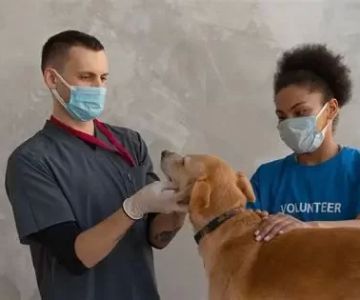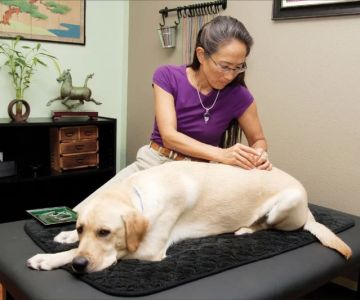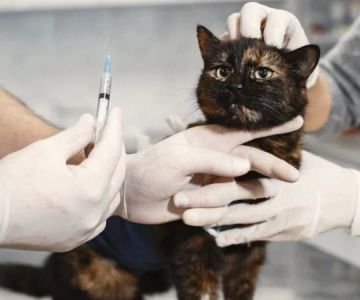- 1-legal-framework-for-veterinarians-treating-humans
- 2-situations-where-veterinarians-may-provide-emergency-care
- 3-real-life-examples-of-vets-assisting-humans
- 4-ethical-and-legal-considerations
- 5-guidance-for-emergency-preparedness-and-support
Legal Framework for Veterinarians Treating Humans
Understanding whether a veterinarian can treat humans in an emergency requires examining legal restrictions. Veterinary licensing strictly authorizes treatment of animals, not humans. In most jurisdictions, vets are not legally permitted to provide medical care to humans except in very exceptional circumstances.
However, laws vary by region, and some emergency provisions allow first responders to assist in critical situations when no human medical professionals are available.
Situations Where Veterinarians May Provide Emergency Care
1. Life-Threatening Emergencies Without Immediate Medical Help
In rare cases where a human is at immediate risk and no medical personnel are present, a veterinarian might provide basic life-saving interventions such as CPR or bleeding control. These actions are typically limited to stabilizing the patient until professional help arrives.
2. Overlapping Medical Knowledge
Vets have extensive knowledge of anatomy and pharmacology, which may aid in emergencies like allergic reactions or trauma. Yet, their expertise is focused on animals, and they generally lack human medicine training.
Real-Life Examples of Veterinarians Assisting Humans in Emergencies
A notable story involves a rural veterinarian who administered CPR to a car accident victim before paramedics arrived, contributing to the person’s survival. This act, while heroic, was performed under exceptional circumstances with good intentions.
Another example includes veterinarians helping during natural disasters where medical infrastructure is overwhelmed, stepping in to provide first aid to humans when no alternatives exist.
Ethical and Legal Considerations for Veterinarians Treating Humans
While compassion motivates many vets to assist in emergencies, there are ethical and legal boundaries. Treating humans outside professional scope risks legal penalties and malpractice claims. Veterinarians must balance helping others with adhering to regulations.
Emergency protocols encourage vets to assist within their competencies but also emphasize deferring to qualified human healthcare providers whenever possible.
Guidance for Emergency Preparedness and Support
To prepare for emergencies, veterinarians and communities can collaborate by training in basic human first aid and establishing clear protocols. Such readiness ensures vets can act appropriately without overstepping legal boundaries.
For individuals interested in learning more about emergency care laws and support services, resources and expert advice are available through platforms like ESPLawyers, which offer guidance on legal rights and responsibilities in urgent situations.










